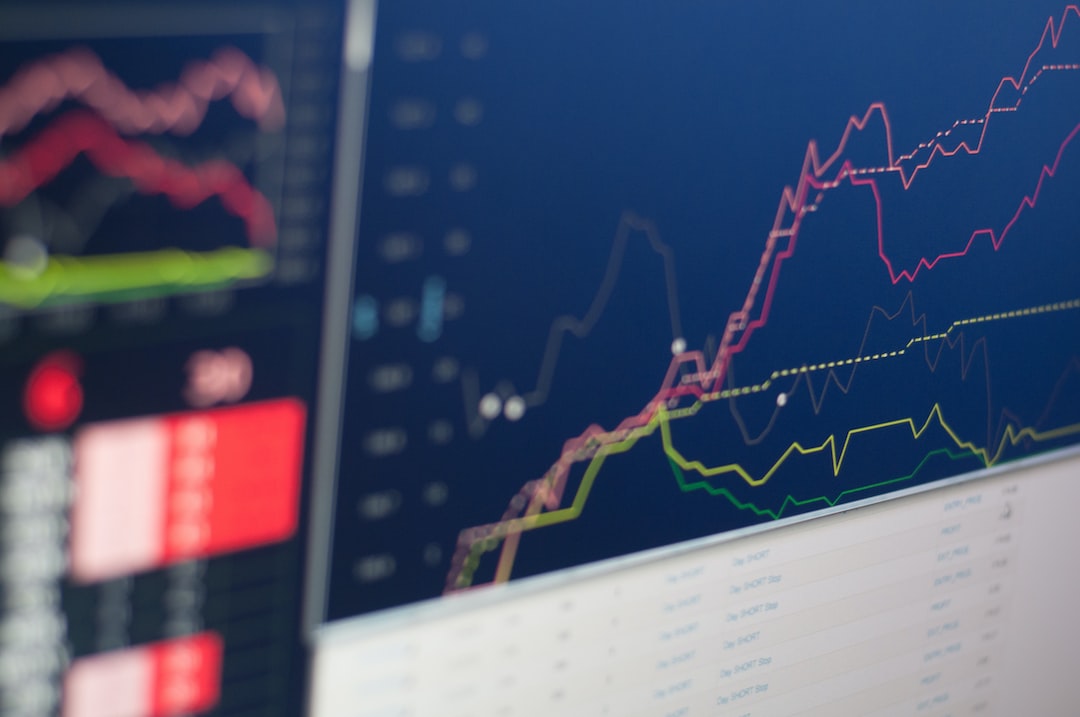Forex trading is a complex and dynamic market that requires a lot of knowledge and experience to consistently make profitable trades. However, with the advent of technology, traders can now automate their trading strategies using robot traders. Robot traders, also known as expert advisors (EA), are software programs that automatically execute trades based on predefined rules and algorithms. In this article, we will explore the steps involved in creating a robot trader for forex.
Step 1: Define Your Strategy
The first step in creating a robot trader is to define your trading strategy. This involves determining the entry and exit points for your trades, as well as your risk management rules. Your strategy should be based on technical and fundamental analysis, and should be tested on historical data to ensure its effectiveness.
Step 2: Choose a Platform
The next step is to choose a trading platform that supports the development of robot traders. The most popular platform for forex trading is MetaTrader 4 (MT4), which offers a comprehensive set of tools for developing and testing robot traders. MT4 supports the use of the MQL4 programming language, which is specifically designed for developing expert advisors.
Step 3: Develop Your Robot Trader
Once you have defined your trading strategy and chosen a platform, you can start developing your robot trader. This involves writing code in the MQL4 programming language to implement your trading strategy. You can use the built-in code editor in MT4 to write your code, or you can use an external IDE such as Visual Studio or Eclipse.
The code for your robot trader should include the following components:
– Entry and exit rules: These are the rules that determine when to open and close trades based on your trading strategy.
– Position sizing: This determines the size of your trades based on your risk management rules.
– Stop loss and take profit: These are orders that automatically close your trades when they reach a certain level of profit or loss.
– Trailing stop: This is an order that adjusts the stop loss level as the trade moves in your favor.
Step 4: Backtest Your Robot Trader
Once you have developed your robot trader, you need to test it on historical data to ensure its effectiveness. This involves running your robot trader on a set of historical data and analyzing the results to see how it performs. MT4 has a built-in backtesting tool that allows you to test your robot trader on historical data.
During the backtesting process, you should analyze the following metrics:
– Profitability: This measures the profitability of your robot trader over the test period.
– Drawdown: This measures the maximum loss incurred by your robot trader during the test period.
– Risk-reward ratio: This measures the ratio of the potential reward to the potential risk of your robot trader.
Step 5: Optimize Your Robot Trader
After backtesting your robot trader, you may find that it needs to be optimized to improve its performance. This involves tweaking the parameters of your trading strategy to find the optimal settings. MT4 has a built-in optimization tool that allows you to test your robot trader with different parameter settings.
During the optimization process, you should analyze the following metrics:
– Profit factor: This measures the ratio of the total profit to the total loss of your robot trader.
– Sharpe ratio: This measures the risk-adjusted return of your robot trader.
– Maximum drawdown: This measures the maximum loss incurred by your robot trader during the test period.
Step 6: Deploy Your Robot Trader
After optimizing your robot trader, you can deploy it on a live trading account. This involves uploading your EA to your trading platform and setting it up to automatically execute trades based on your predefined rules. It is important to monitor the performance of your robot trader and adjust it as necessary to ensure its continued profitability.
Conclusion
Creating a robot trader for forex involves defining your trading strategy, choosing a platform, developing your robot trader, backtesting and optimizing it, and deploying it on a live trading account. While the process can be complex and time-consuming, the benefits of having an automated trading strategy can be significant, including improved efficiency, reduced emotional bias, and increased profitability.






